When to Use the Short vs Long Form
Both short and long-form content have their places, and only you will know which is best for your brand. Probably some combination of the two. Here is an (incomplete) rundown of where each may be most useful as your team considers timing, resources and marketing strategy. Remember, the long form is generally considered to begin around 1500 words (roughly two pages of single-spaced Times New Roman at 10pt). The short form is less than that, most often considerably less.
While the short form clearly has its utility, the collective benefits of producing and distributing content in the long form are undisputedly more substantive and enduring.
SHORT FORM
Used more for entertaining, informing or short-term audience engagement
Easy to consume, ideal for news and other short-lived topics, such as events or promotions
Quickly address a topic and move on to the next one
Most straightforward to write and distribute
Lowest cost to produce
Can post more frequently
Best format for busy audiences; use it to steer them to your long-form projects to consume on their schedule
May be easier to make mobile-friendly
THINK: short blog posts, news articles, infographics, email campaigns and social media.
LONG FORM
Used to accommodate complex, in-depth discussions, analyses and storytelling
Very shareable, consistently ranks higher in search and garners far more backlinks
Establish experience, expertise, authority and trust on a topic (EEAT)
Highest return on investment
More content equals more data, which equals more value
Numerous ways to repurpose the content
Interest and performance do not wane quickly
More sophisticated presentations maintain reader interest
THINK: white papers, in-depth articles (posts), detailed reports, written guides and e-books.
